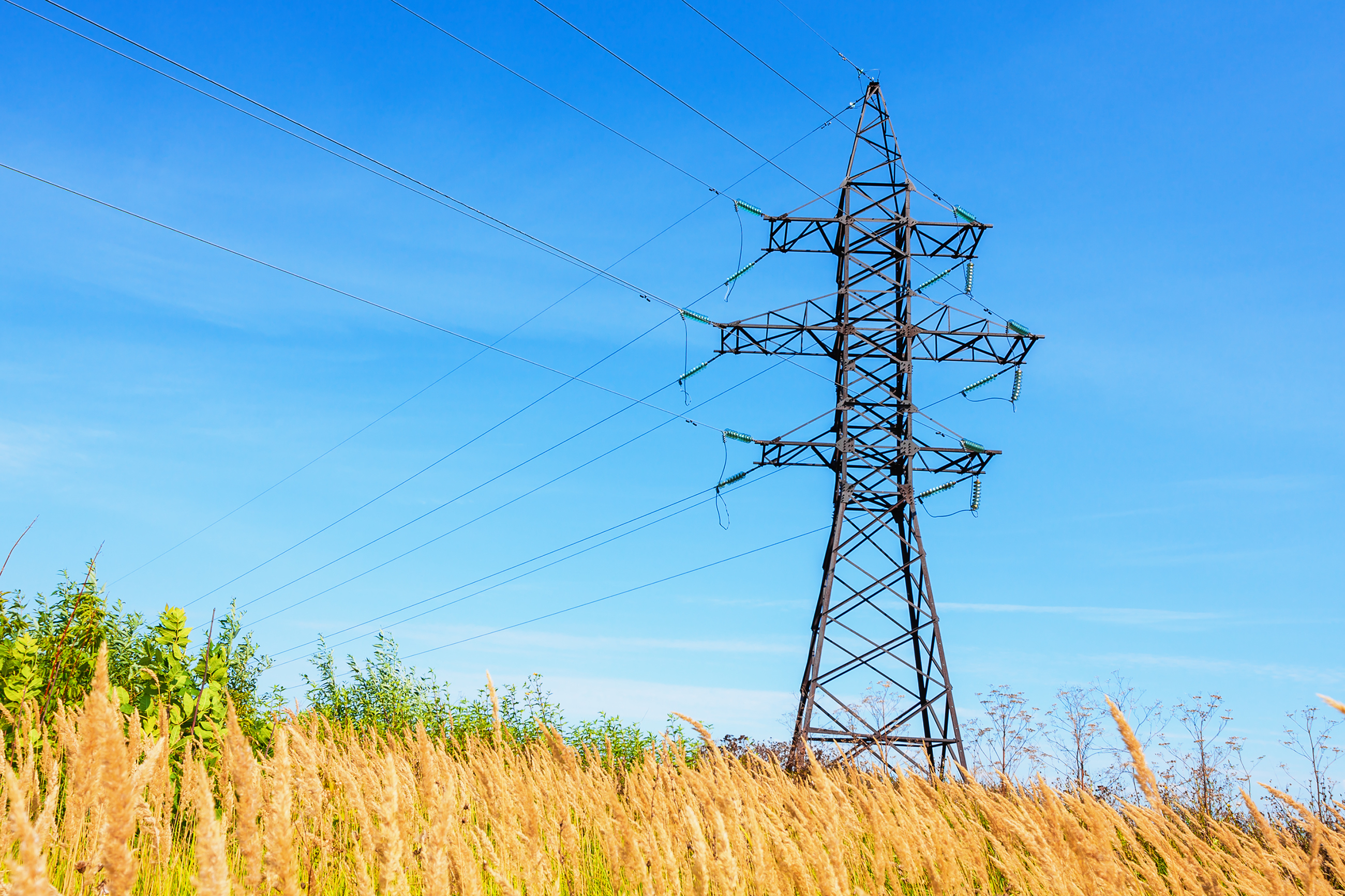For 40 years, we've been driving our country's economic and social progress. Four decades shaping Spain.
Electricity demand on the Spanish Peninsula grows by 0.6% in 2018
- Wind and hydro were the main drivers of renewable generation, responsible for 40% of total production on the peninsula.
- Installed power capacity dropped by 0.2% due to the decrease in combined cycle and the increase in renewable technology.
Electricity demand on the Spanish Peninsula continues its growth trend for the fourth consecutive year and, according to Red Eléctrica’s provisional data, stands at 254,074 gigawatt-hours (GWh) for 2018, representing an increase of 0.6% year-on-year. After having factored seasonal and working patterns, demand has increased by 0.5% compared to 2017.
In 2018, the moment of highest consumption (maximum instantaneous power) was registered on 8 February at 8:24 pm with 40,947 megawatts (MW), 1% lower than the maximum value for 2017, and almost 10% below the all-time high of 45,450 MW registered in December 2007.
Regarding non-peninsular systems, the demand for electricity has increased in the Balearic Islands, Ceuta and Melilla with increases of 0.7%, 2.4% and 1.7%, respectively, while in the Canary Islands it has decreased by 1%. In total, overall demand in the set of non-peninsular systems has reached 15,320 GWh.
The Iberian Peninsula, on the road to the energy transition
In 2018, a rainy year, renewable generation has accounted for 40% of total electricity production, with wind being the second technology with the largest share in the energy mix, with 19.8% of the total, and hydro being the one that has increased the most in its contribution, going from 7.4% in 2017 to 13.7% in 2018.
The share of renewables has a direct effect on the high percentage contributed by technologies that do not emit CO2, which have produced 62.2% of the total. Nuclear, responsible for 21.4% of the total, has been the leading generation technology in 2018, while coal has seen its share reduced by 2.6 percentage points and has produced 14.5% of the total.
In this regard, Red Eléctrica’s Chairman, Jordi Sevilla, said that "this increase in renewable generation of 6.3 percentage points in 2018 compared to the previous year clearly shows that Spain is on the right track towards the transition towards an energy model that is cleaner and more sustainable and brings us closer to meeting European targets".
In addition, this data endorses, according to Mr. Sevilla, the "increasing capacity to manage renewable generation technologies and their effective integration into the system, so as to displace electricity production that pollutes and reduce the external energy dependence of our country.”
The Iberian Peninsula completes its coverage of demand with international electricity exchanges: in 2018, imports have totalled 10,624 GWh, which represents around 4.2% of the peninsular demand.
More renewable generation capacity
The complete set of electricity generation facilities in Spain is increasingly more and more renewable and is becoming less dependent on technologies that pollute: in 2018, combined cycle has decreased 1.5% year-on-year, while on the other hand more wind, solar photovoltaic and other renewable energy generation facilities have been commissioned, increasing their installed power capacity by 0.5%, 0.4% and 0.6%, respectively. The variations in the rest of technologies have been insignificant or non-existent.
With data estimated as at December 31, 2018, the installed power capacity on the Spanish peninsula stands at 98,651 MW, representing a fall of 0.2% with respect to 2017.
In this regard, the Chairman of the Company states that "Spain is making a great effort in the implementation of renewable generation projects and in reducing their dependence on more expensive and more polluting fossil fuels". He also added, "2019 will be the year in which the efforts to place Spain at the forefront in terms of renewable energy will materialise: it is expected that 8,000 new MW of wind and solar photovoltaic power capacity will be installed".
More than 300 km of circuit of new lines
According to the forecasts of Red Eléctrica, the electricity transmission grid in Spain has 44,243 km of circuit of lines, of which 313 have been commissioned in 2018. Of these, 128 km have been built on the Peninsula, 140 in the Canary Islands and 45 in the Balearic Islands.
The fibre optic network used by Red Eléctrica to operate the electricity system has, in turn, 33,687 km, according to the closing data for 2018.












